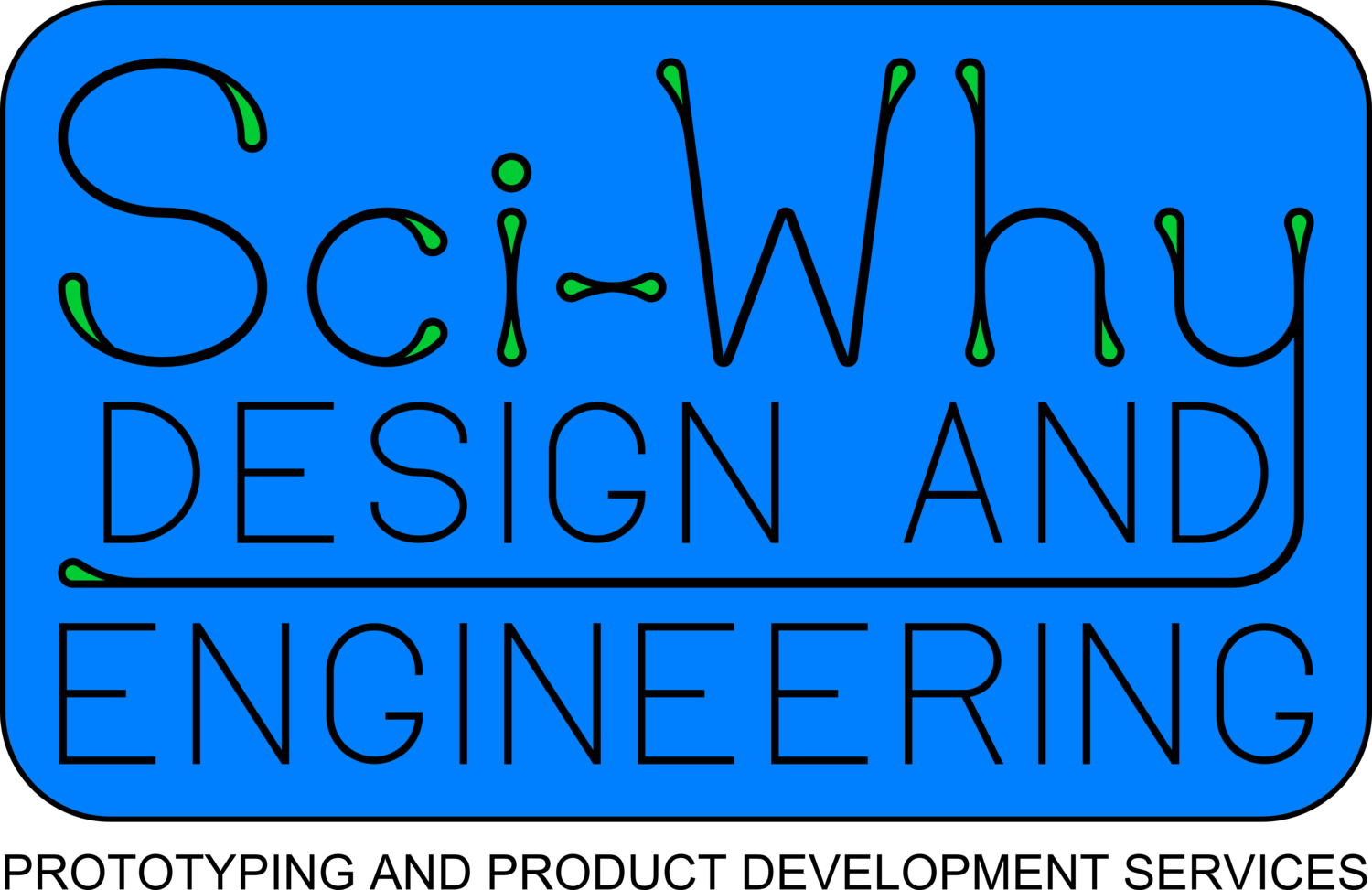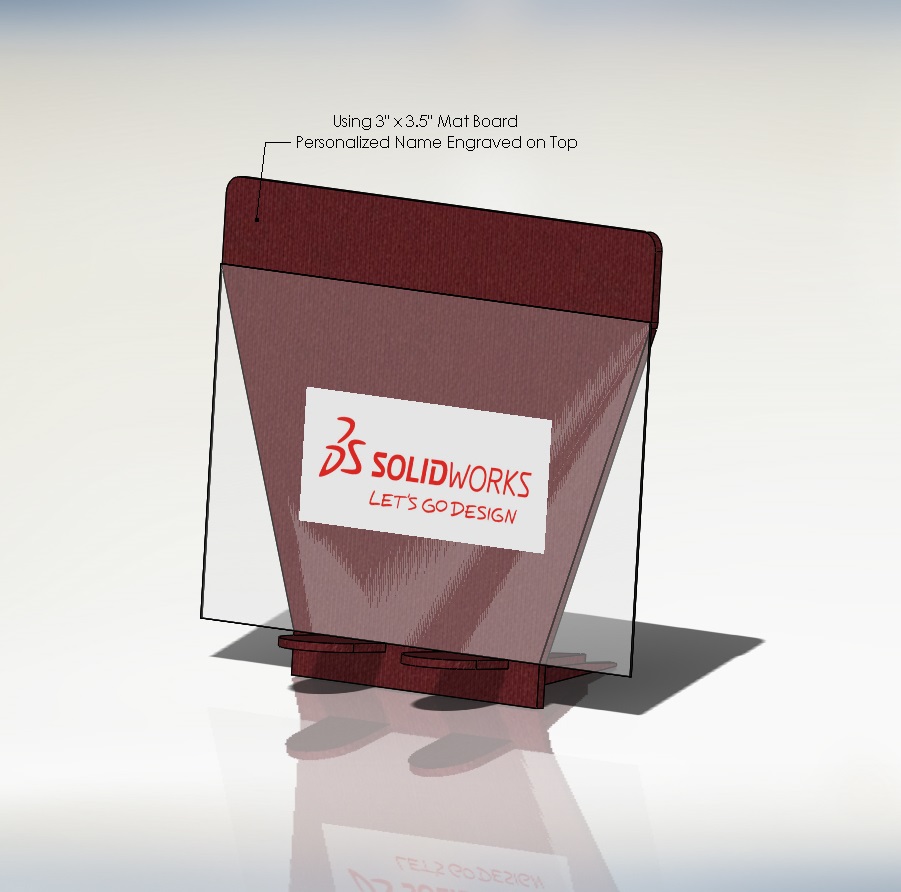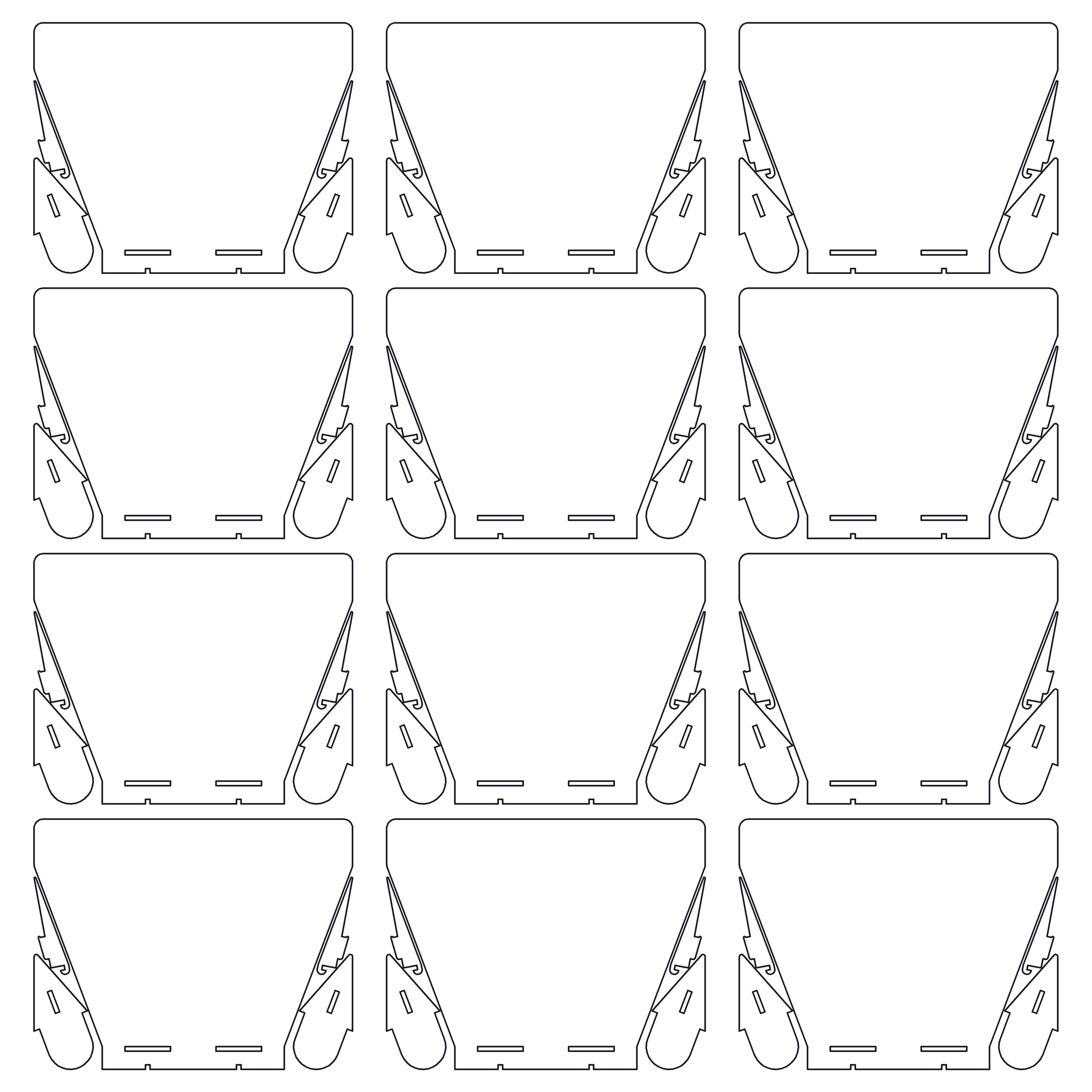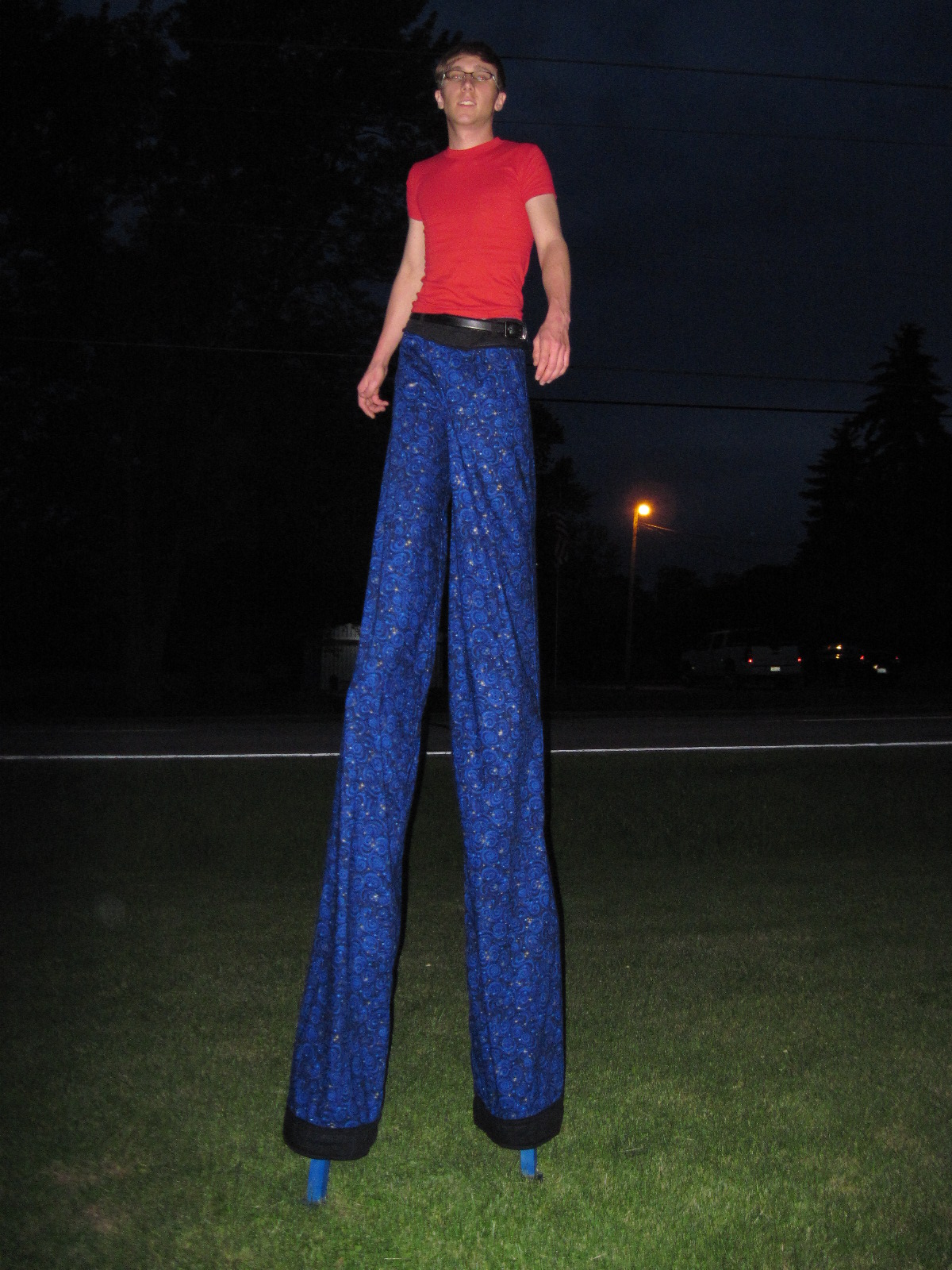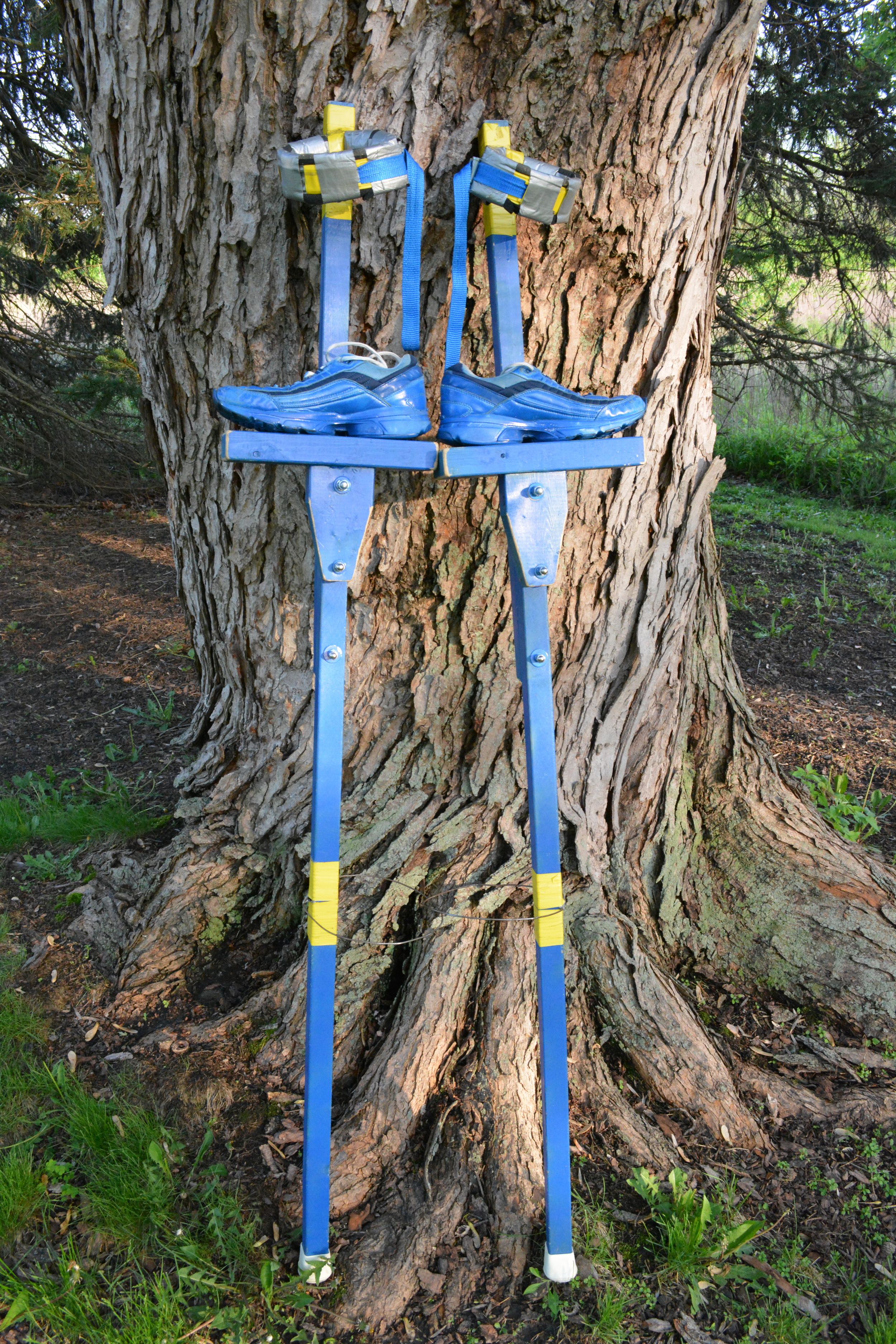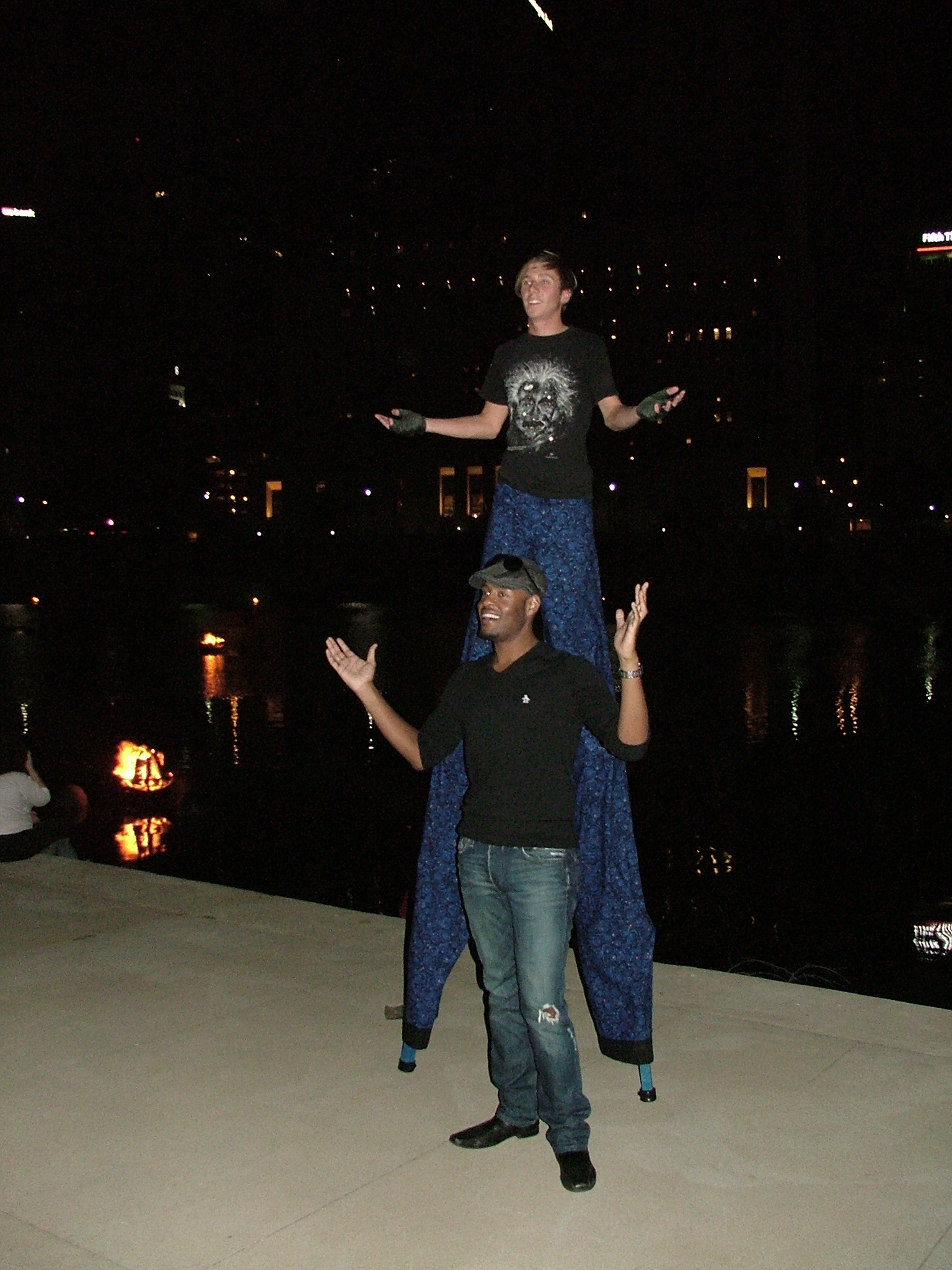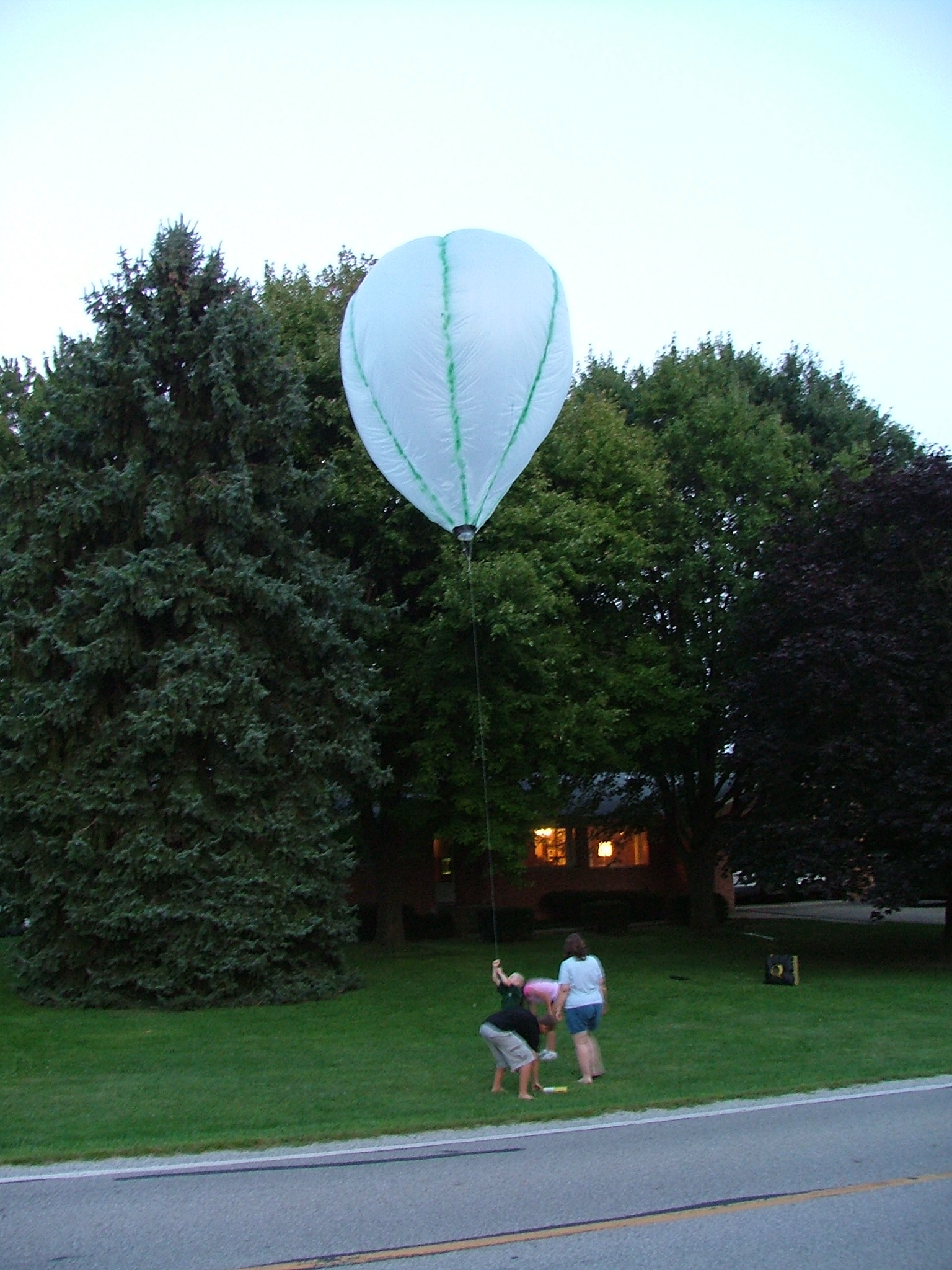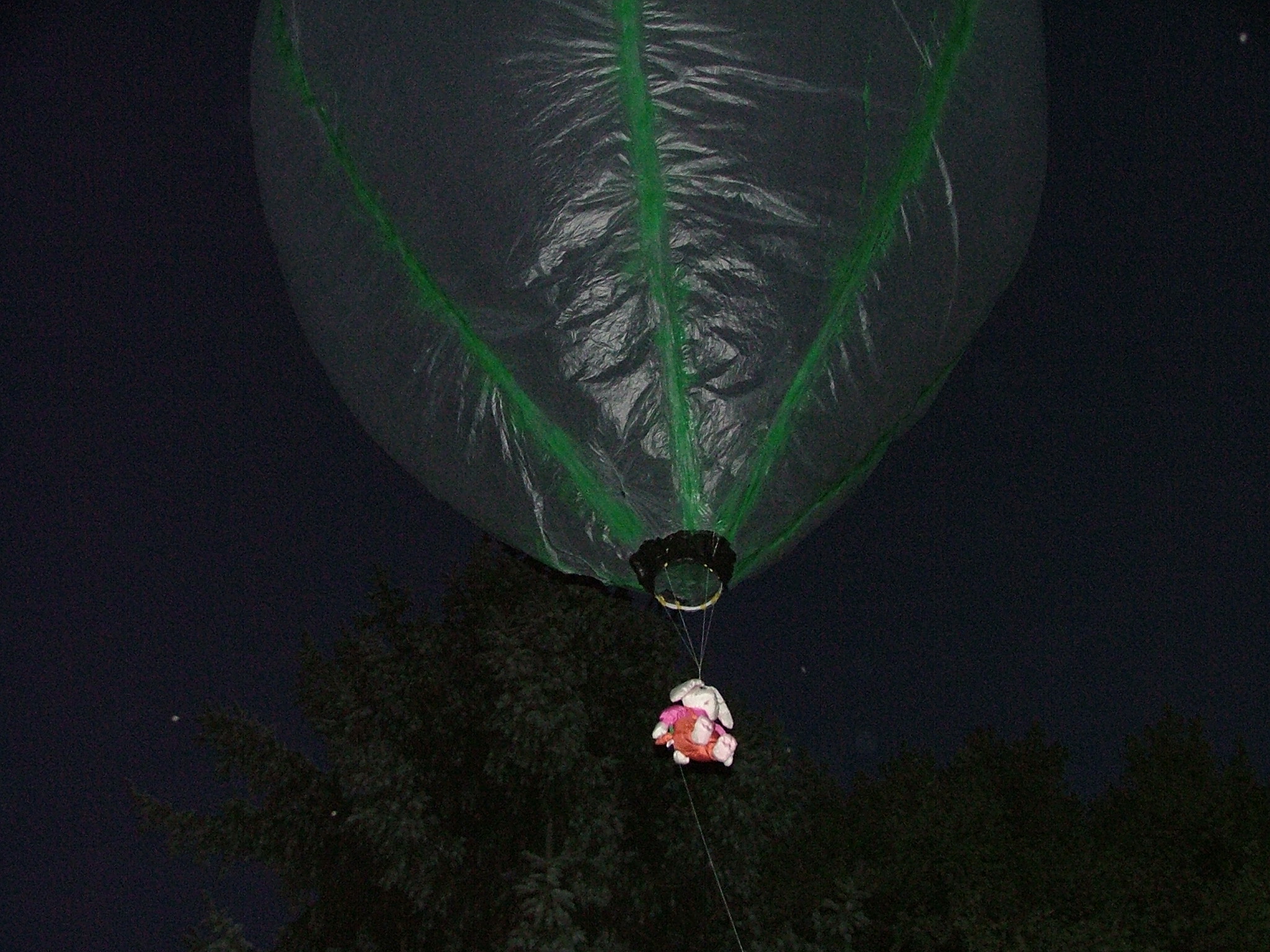Six magnets located on the rotor and twelve iron plates on the stator. Six of the iron plates move with linear input and six remain stationary. Linear oscillation input causes rotation. It behaves much like a stepper motor. This prototype was laser cut from acrylic. A fun little project and tinker toy.
Quick design on a customizable laser cut business card holder. Maximized material use on 12"x12" mat boards.
These 4'-6" peg stilts are by far my favorite of my collection of stilts, even compared to my jumping stilts. Standard 2"x2" peg with foot platform and leg cuffs. If you are in the central Ohio area I offer lessons along with your own pair. However, there is a hefty liability waiver. Provide your own shoes, helmet, gloves, and knee pads (emphasis on the knee pads).
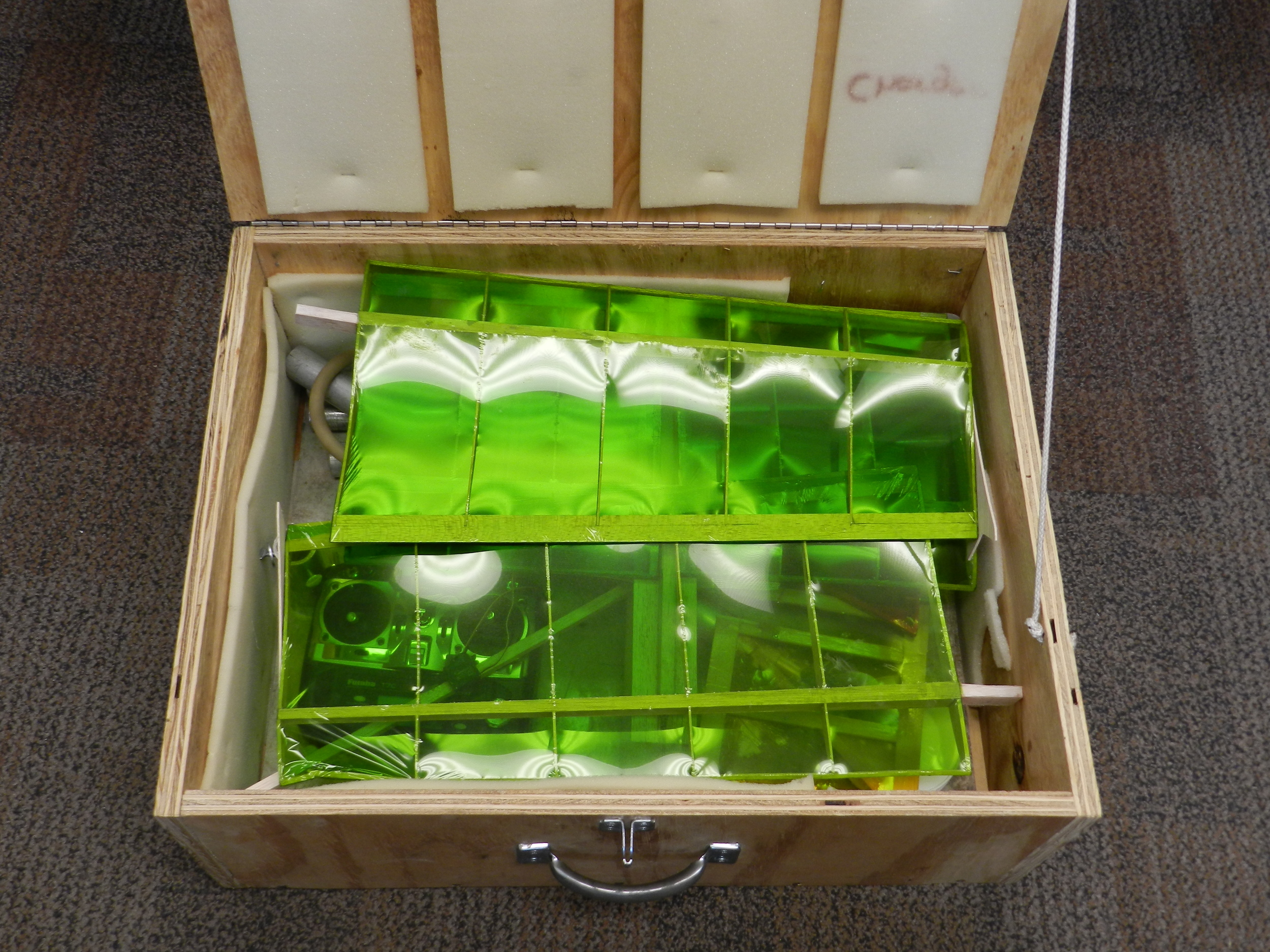
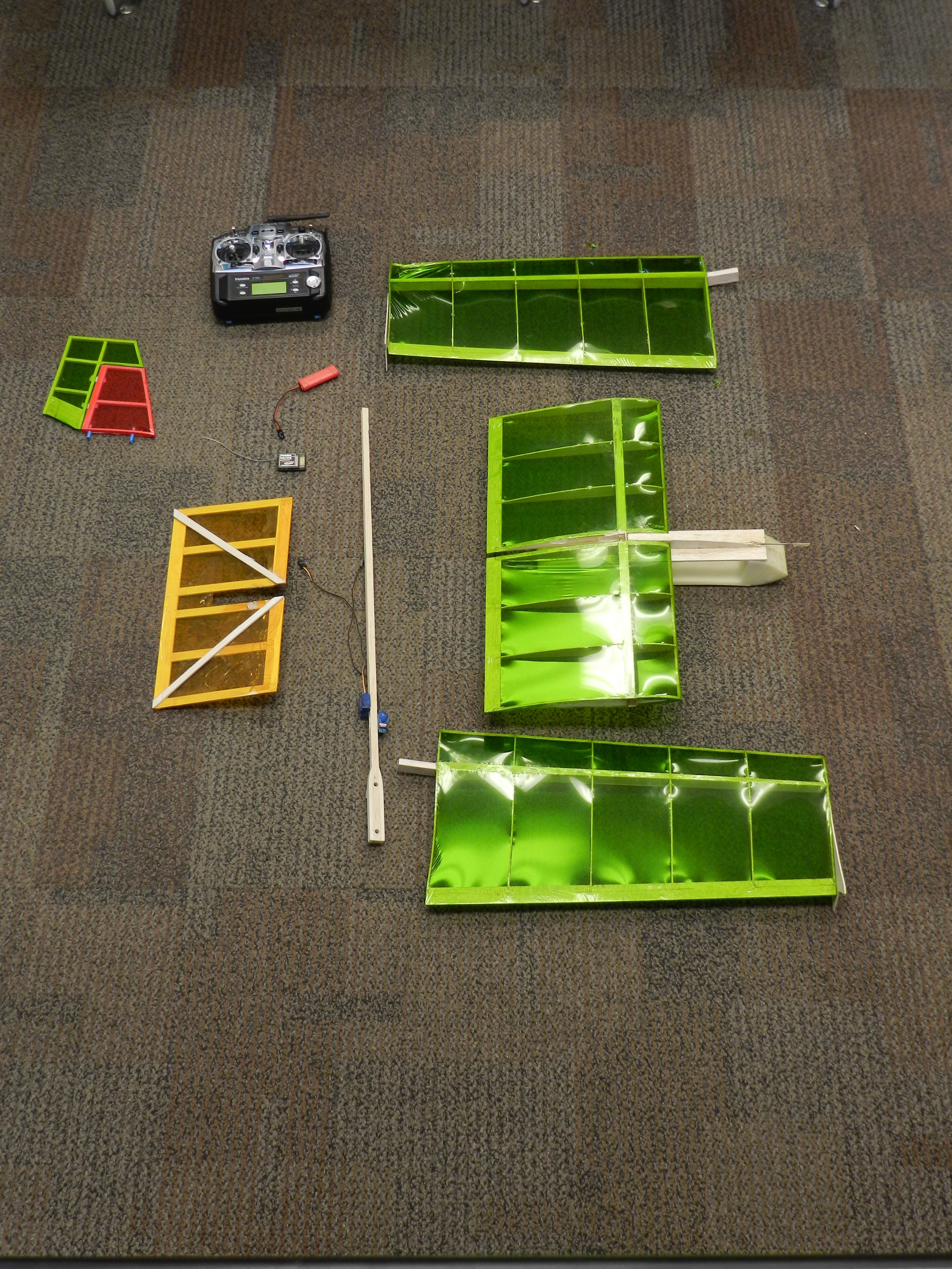
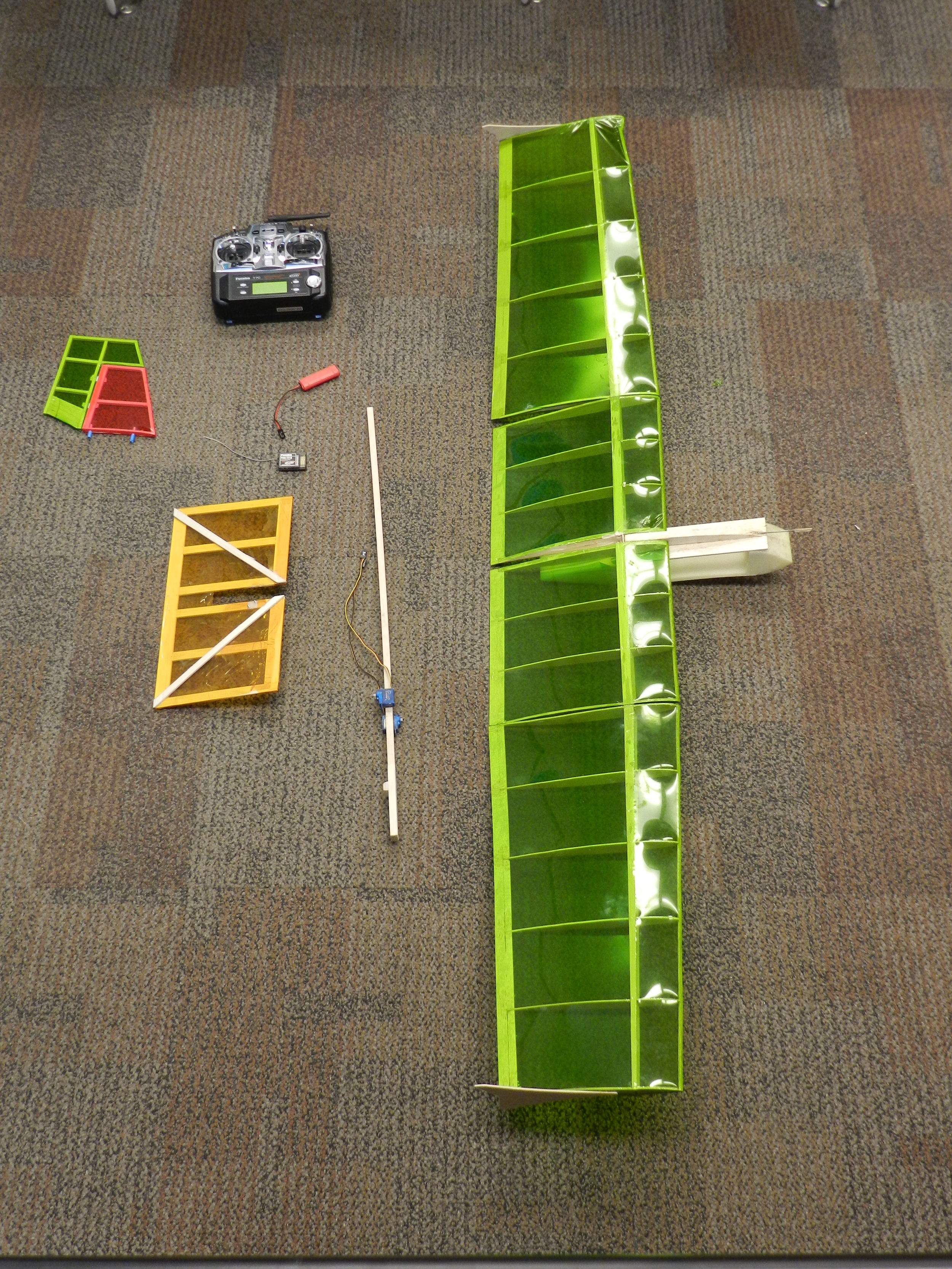
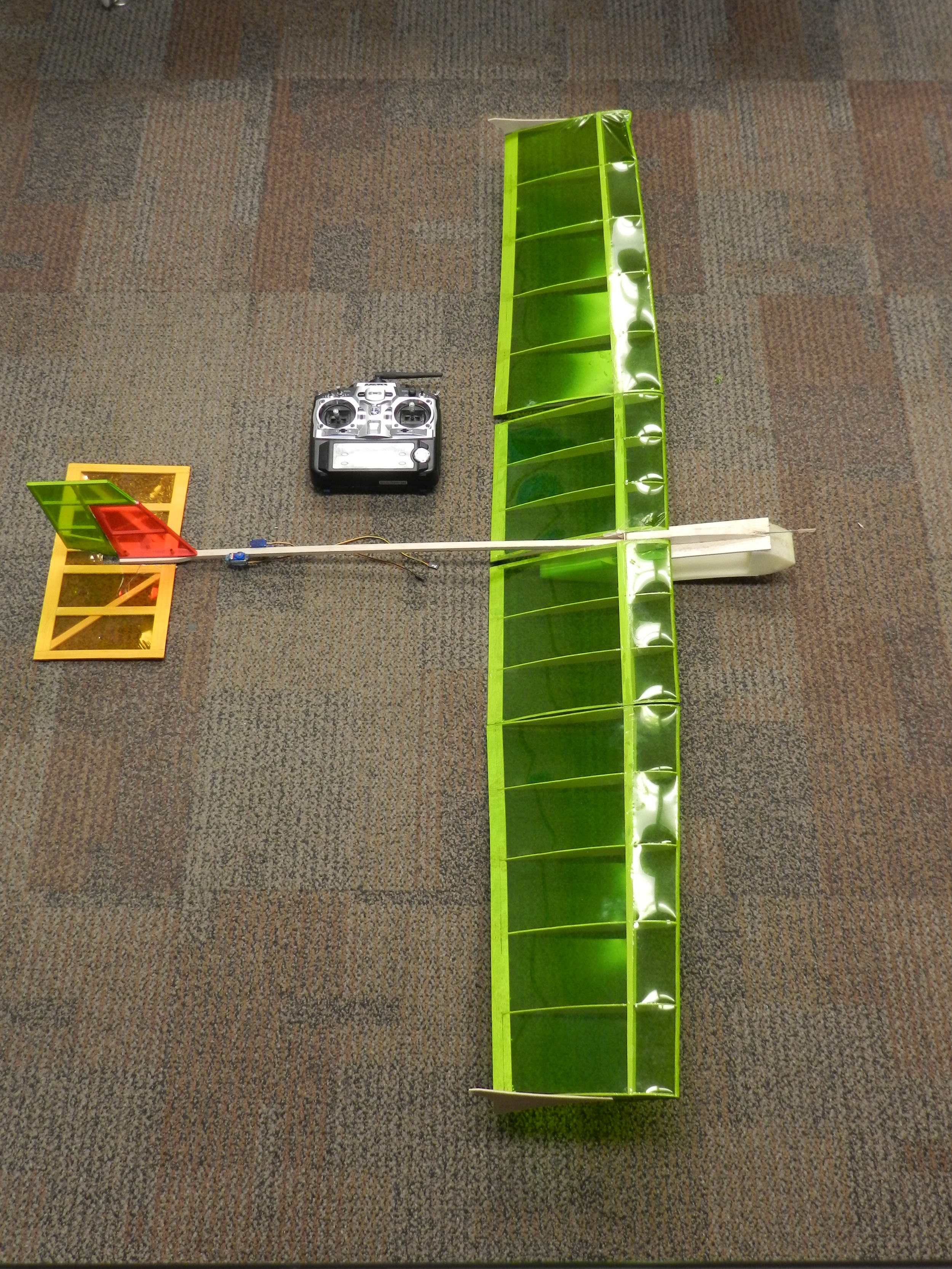




The goal of this launched glider system from 2012 was to be unpowered, easily transported, capable of a payload, and to complete a one circuit flight from the launch point and back.


I had the aerodynamics of the basic design for RC aircraft down by 2010. This stable flyer won a second place award in national competition in Houston, Texas. Design criteria included being broken down to fit in a small box. Scoring was based on lift to weight capabilities.
In this 2008 first attempt at an airplane I was still learning the aerodynamics of it. Didn't fly too well, but provided a great introduction into carbon fiber and the vacuum bag process. That fuselage was a beast and still to this day makes a great wiffle ball bat.
This hot air balloon was hot-iron seamed and made with 0.31 mil polyethylene. I have always wanted a hot air balloon, but this one will do for now. It was put together in one day. You preheat it with a torch and you can tether it like a kite. One preheat lasts a few hours. I have a second hot air balloon in progress – double the size, this time in black polyethylene. Conveniently, this next one will be solar heated.
